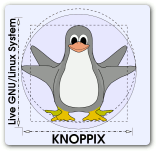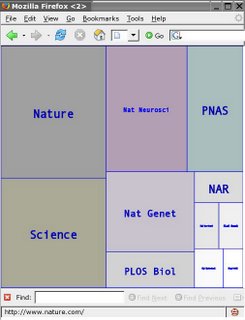
Dion Hinchcliffe has a piece entitled Creating real business value with Web 2.0 which lists AntBase.org (I think he actually means AntWeb) as an example of a non-commercial Web 2.0 service that demonstrates "scalable marshalling of underutilized data resources," and shows: The article comes with this graphic: See also Dion's Thinking in Web 2.0: Sixteen ways (via Danny Ayers).






